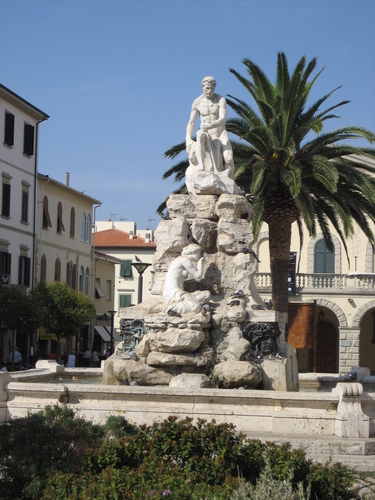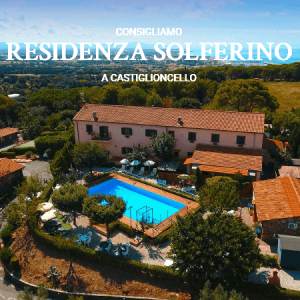
History of Cecina
Beach resort in Tuscany.
Cecina is a fascinating crossroads of history and culture, a Tuscan village that stands out gracefully in the hills of the Val di Cecina. Its origins are lost in the meanders of time, dating back to the Etruscan era, when the region experienced its first human settlements. The name "Cecina" itself seems to whisper stories of antiquity, tracing its roots in a past that has seen the evolution of empires, the birth of civilizations and the unstoppable flow of time.
The Etruscan period marked the first chapter in the history of Cecina. This ancient civilization, flourishing between the 8th and 2nd centuries BC, left an indelible mark on the region. The Etruscans, skilled farmers and inhabitants of the area, developed the initial nucleus of Cecina, exploiting the fertile lands to cultivate the fields and build the first communities.
With the advent of Roman domination, the history of Cecina became intertwined with that of the Empire. The region became a strategic crossroads, crossed by vital roads that connected important urban centers. The evidence of this era is visible in the Roman ruins scattered throughout the area, a mosaic of ancient vestiges that tell of past greatness.
During the Middle Ages, Cecina experienced a period of change and turmoil. The struggles between the Tuscan city-states and the barbarian invasions marked an era of uncertainty. However, the village of Cecina managed to preserve its identity, becoming a refuge for the farmers and artisans who helped shape the community.
The Renaissance brought with it a renewed interest in arts and culture. The local nobility, influenced by the cultural fervor of the time, contributed to the construction of significant buildings, enriching the architectural panorama of Cecina. The Church of San Giuseppe, dating back to the 15th century, is one of the Renaissance jewels that still stands majestically today.
Over the following centuries, Cecina continued to evolve, adapting to social and economic transformations. Agriculture and craftsmanship remained the pillars of daily life, while global dynamics influenced the fate of the community. The arrival of the 19th century saw an expansion of commercial and industrial activities, with the railway reaching Cecina in 1870, opening up new development opportunities.
The 20th century brought with it challenges and opportunities. The Second World War left its mark on Cecina, but the community's resilience saw it rise from the ashes, rebuilding what had been destroyed. Tourist growth in recent decades has brought new lifeblood, allowing Cecina to combine its glorious past with a modern perspective.
Today, Cecina is a place that harmoniously combines its thousand-year history with a dynamic present. Through the cobbled streets, welcoming squares and artistic treasures, you can perceive the soul of this Tuscan town, a fascinating testimony to the centuries that have shaped it.






